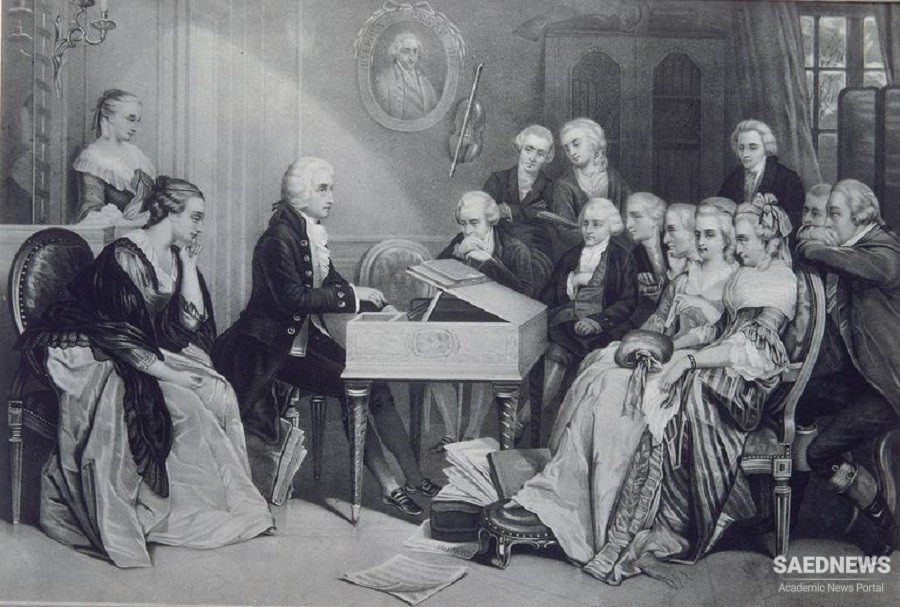Mozart was still in Munich in March 1781, when he was summoned to Vienna to join the celebration of the installation of the new archbishop, Joseph II. Mozart was treated poorly by the new archbishop, and, after only a few months of service, he requested his discharge and set about earning a living in Vienna. He also embarked on an opera, Die Entführung aus dem Serail (The Abduction from the Seraglio), and in December 1781 he married Constanze Weber, daughter of a music copyist, albeit without his father’s blessing. Musically, Mozart’s main preoccupation was with Die Entführung in the early part of 1782. The opera reached the Burgtheater stage on July 16. Stylistically, the work has fuller textures, more elaboration, and longer arias than other German repertory. It uses accompanying figures and key relationships to embody meaning. Other noteworthy features include Turkish colouring, created by “exotic” turns of phrase and chromaticisms as well as janissary instruments; expressive and powerful arias for the heroine; and comic musical passages. The work enjoyed immediate and continuing success. Later in the year Mozart worked on a set of three piano concertos and began a set of six string quartets. He also started work on a mass setting, in C Minor, of which only the first two sections, “Kyrie” and “Gloria,” were completed. Among the influences on this music, besides the Austrian ecclesiastical tradition, was the music of the Baroque period, noticeable especially in the spare textures and austere lines of certain of the solo numbers. Mozart and his wife visited Salzburg in the summer and autumn of 1783, when the completed movements of the mass were performed. Back in Vienna Mozart entered on what was to be the most fruitful and successful period of his life. In 1782–83 he wrote three piano concertos (K 413–415), which he published in 1785 with string and optional wind parts. Six more followed in 1784, three each in 1785 and 1786 and one each in 1788 and 1791. With the 1784 group he established a new level of piano concerto writing; these concertos are at once symphonic, melodically rich, and orchestrally ingenious, and they also blend the virtuoso element effectively into the musical and formal texture of the work. After the 1784 group (K 449, 450, 451, 453, 456, and 459), all of which begin with themes stated first by the orchestra and later taken up by the piano, Mozart moved on in the concertos of 1785 (K 466, 467, and 482) to make the piano solo a reinterpretation of the opening theme. The 1786 group begins with the lyrical K 488, but then follow two concertos with a new level of symphonic unity and grandeur, that in C Minor (K 491), and the concerto in C Major (K 503).


 Emergence of a Master Genius of World Music: Mozart and His Adventurous Life
Emergence of a Master Genius of World Music: Mozart and His Adventurous Life














































